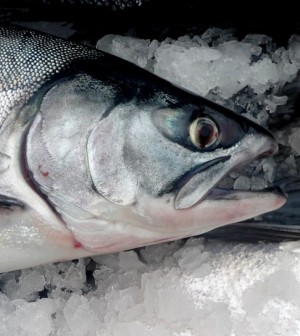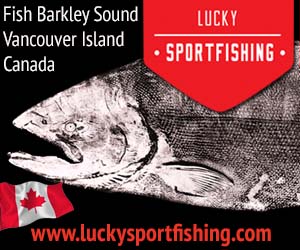Leader Length

Each week one of the Salmon University experts answers reader questions in our “Ask a Pro” feature. This week’s questions are answered by Tom Nelson. Submit your own question here.
What size and length of leaders do you use for a fly, hoochie, or spoon when pulled behind an 11-inch flasher? – Chuck
For fishing a fly or hoochie I use no less than 40-pound leader (usually, 60-pound leader, in fact). Flys and hoochies have no action of their own and you need a stiff leader to impart that action. For a fly or hoochie I use 40 to 44-inches of leader from where it ties onto the flasher to the tail hook. On a spoon, because it has action of its own, I use a lighter leader – from 22 to 25-pound breaking strength. When fishing for coho I’ll use approximately 36-inches of leader and, for chinook, about 48-inches.
I’m looking for places to shore bank fish for salmon, preferably a place where I can put my 19-foot camper, any ideas? – Vince
There are several places you can do this, but one of the best places is Port Townsend. They have a campground almost by the lighthouse and shore fishing can be very good there.
When trolling with two lines down, and you have a fish on one line, do you stop the boat? Or, should you keep trolling along and work the fish to bring it to the boat? – Mike
Absolutely I stop the boat. I want to enjoy the fight and, the plus side is, you will also lose less fish.
I do a lot of Coho fishing from the beach and use cut plug herring. It amazes me how a Coho can avoid getting hooked at times striking a spinning herring, leaving teeth marks, but not hooking up. I use a 2 hook rig. My question is: do you have any idea if, once struck but still in good shape, should I toss the herring and rig another? Seems Coho will never bite on a herring that has been “tasted” once. – Doug
If the herring is still in good shape toss it out onto the water and reel it in slowly to see if it still has good action on it. If so, it’s perfectly fine to fish again. I often use a herring teaser on my hook when trolling, and even if a salmon hits it and doesn’t hook up, he ordinarily will come right back and hit it a second time.
Salmon image courtesy Isaac WedIn (CC BY 2.0).






